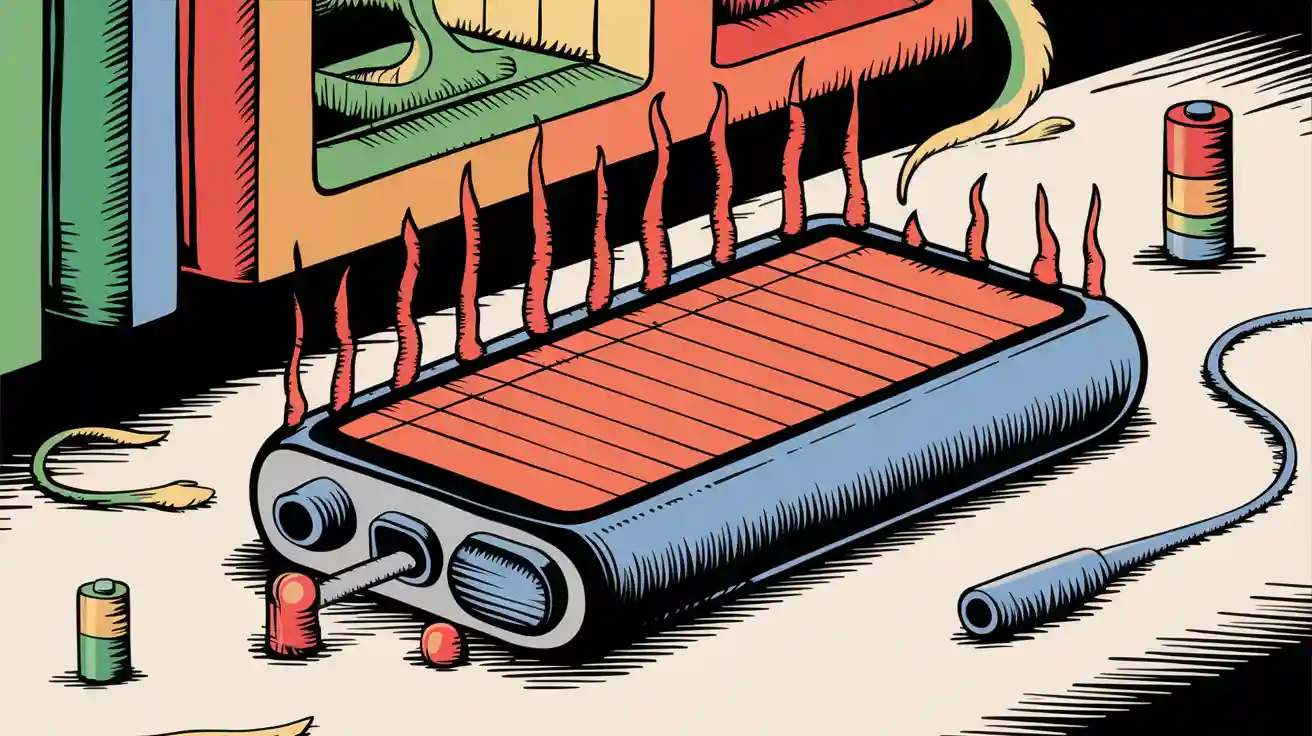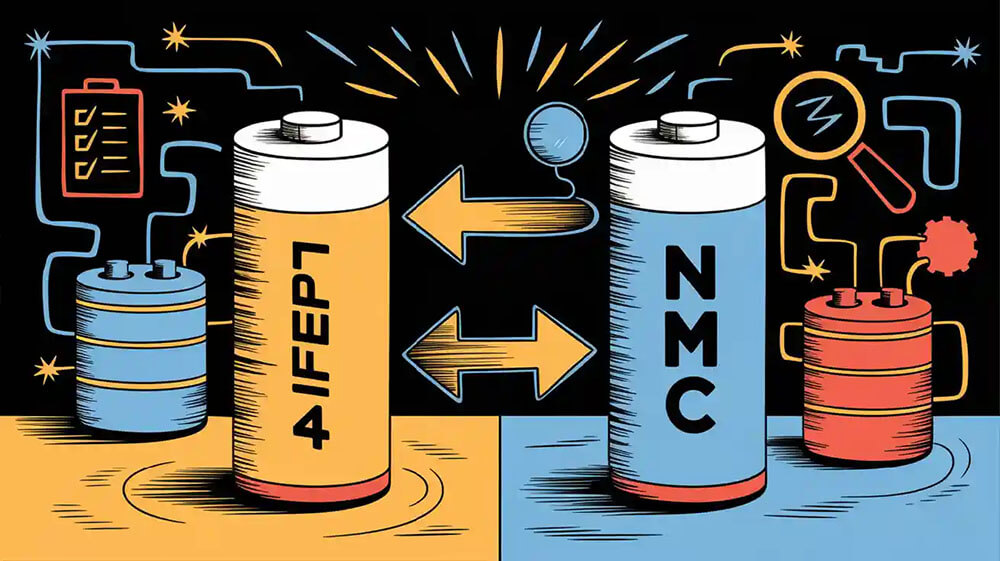Contents
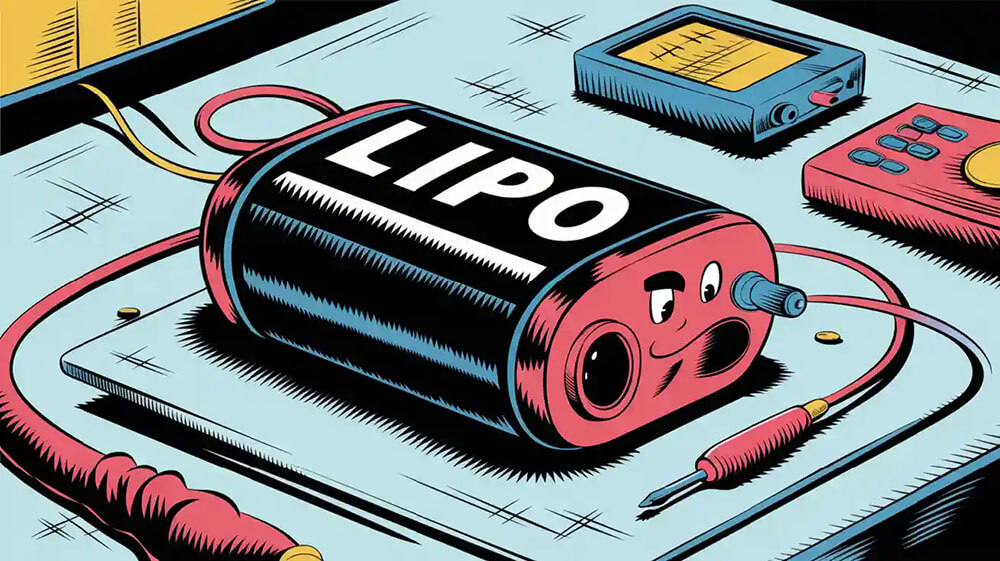
LiPo battery swell in natural degradation happens when chemical reactions produce gas within the cell. The decomposition of the electrolyte is crucial in this process. Measurements of effective thermal conductivity indicate that swelling diminishes internal contact, which speeds up electrolyte consumption. As lithium reacts quickly, gas formation escalates, raising internal pressure and resulting in noticeable cell expansion.
Key Takeaways
LiPo batteries swell because gases form during chemical reactions. Overcharging and heat make this happen faster.
Swollen batteries are dangerous. They can catch fire or harm devices. Disconnect and replace swollen batteries right away.
Taking care of batteries, like charging safely, storing correctly, and checking often, stops swelling and makes them last longer.
Part 1: Causes of LiPo Battery Swelling
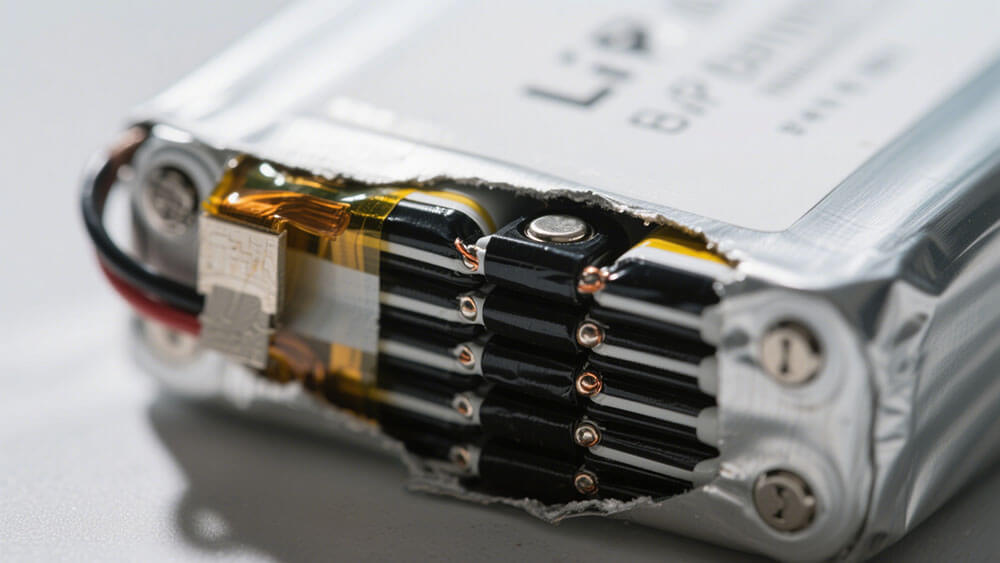
1.1 Electrochemical Reactions in LiPo Batteries
LiPo batteries rely on electrochemical processes to store and release energy. Over time, these processes can lead to chemical imbalances within the battery. When lithium ions move between the anode and cathode during charging and discharging, side reactions may occur. These reactions can break down the electrolyte, producing gases like carbon dioxide and hydrogen. This internal gas buildup increases pressure inside the battery, causing it to swell.
You might notice a bloated LiPo battery if these reactions become excessive. Overcharging and over-discharging are common triggers for such issues. Charging beyond safe voltage limits or draining the battery below recommended levels accelerates gas production. Additionally, poor-quality materials or aging batteries are more prone to these chemical reactions, increasing the risk of swelling.
1.2 Gas Formation During Natural Degradation
Gas formation is a natural part of lithium battery swelling as the battery ages. The electrolyte, a critical component, gradually decomposes over time. This decomposition releases gases that accumulate within the sealed battery casing. High temperatures can further accelerate this process. When a LiPo battery is exposed to temperatures above 140°F, the rate of electrolyte breakdown increases significantly, leading to faster gas production.
Physical damage to the battery can also contribute to gas formation. If the battery casing is punctured or crushed, internal short circuits may occur. These shorts trigger chemical reactions that release gas, resulting in a swollen battery. Regular inspection and careful handling are essential to prevent such damage and reduce the risk of swelling.
1.3 Environmental and Usage Factors
Environmental conditions and usage habits play a significant role in the causes of LiPo battery swelling. Overcharging is one of the most common factors. When you charge a LiPo battery beyond its recommended voltage, the electrolyte can break down, releasing gas and causing the battery to swell. Similarly, overheating due to high temperatures can lead to electrolyte decomposition and gas release.
Improper storage conditions also contribute to swelling. Storing a LiPo battery in a hot environment or leaving it fully charged for extended periods can accelerate natural degradation. On the other hand, using the battery in extreme cold can reduce its efficiency and increase the likelihood of internal damage. To minimize these risks, you should store your batteries in a cool, dry place and avoid overcharging or exposing them to extreme temperatures.
Tip: Preventing battery swelling starts with proper care. Always follow the manufacturer’s guidelines for charging, usage, and storage to extend the life of your LiPo batteries.
Part 2: Risks of LiPo Battery Swelling
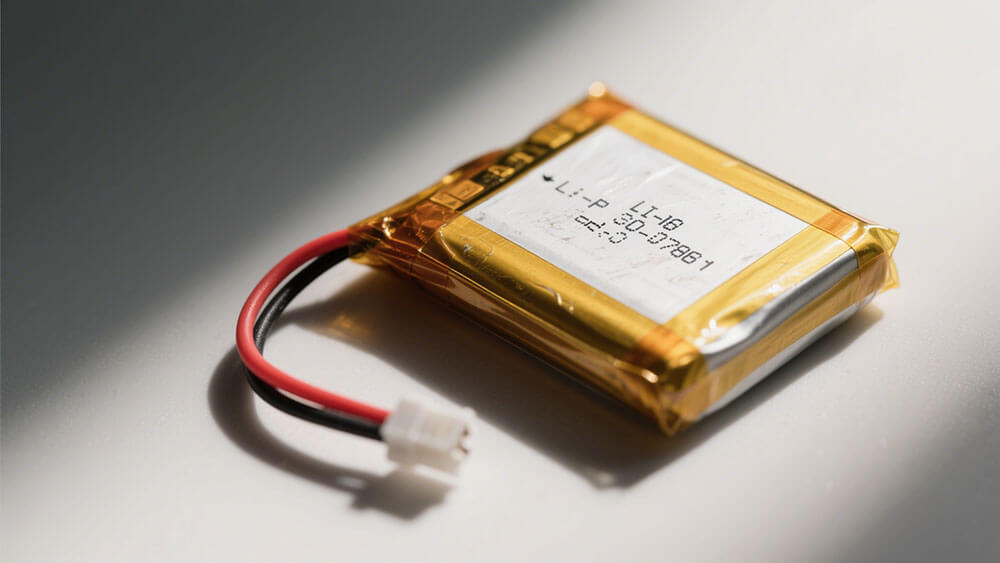
2.1 Fire and Explosion Hazards
Swollen LiPo batteries pose significant fire and explosion risks. When a battery swells, it indicates internal gas buildup caused by chemical reactions or damage. This instability can lead to thermal runaway, a dangerous chain reaction where heat generated by one cell spreads to others. The result is a rapid increase in temperature, pressure, and the release of flammable gases. In extreme cases, this can cause the battery to catch fire or explode.
During thermal runaway, temperatures can exceed 800°C, producing over 5 liters of flammable gas. This makes controlling a fire from a swollen LiPo battery particularly challenging. For example, an incident on February 4, 2019, highlighted the ineffectiveness of a class D fire extinguisher in extinguishing a LiPo battery fire. A class B extinguisher was required to control the flames. This underscores the importance of understanding proper fire safety measures when dealing with LiPo batteries.
To minimize fire and explosion hazards, you should disconnect and isolate any swollen battery immediately. Avoid charging or using it further, as this increases the risk of thermal runaway. Always store batteries in a fireproof container and avoid extreme temperatures to reduce the likelihood of swelling.
2.2 Damage to Battery Packs and Connected Devices
A swollen LiPo battery can cause physical damage to battery packs and the devices they power. As the battery swells, it exerts pressure on its casing and surrounding components. This pressure can deform or crack the device’s housing, damage internal circuits, or even cause leakage of harmful chemicals.
For instance, in mobile devices, battery swelling often leads to screen lifting or cracking. In RC vehicles or drones, a bloated LiPo battery can disrupt the balance and functionality of the device. Continued use of a swollen battery increases the risk of short circuits, which can permanently damage the device.
To protect your devices, you should regularly inspect your batteries for signs of swelling. Replace any swollen battery immediately to avoid further damage. Additionally, choose high-quality batteries from Large Power to reduce the risk of swelling caused by poor materials or manufacturing defects.
2.3 Impact on Battery Performance and Longevity
Battery swelling significantly impacts performance and longevity. A swollen battery often indicates aging and chemical degradation, which reduce its ability to hold a charge and deliver consistent power. Overcharging and over-discharging accelerate this process, leading to faster degradation and swelling.
Swollen batteries may malfunction or fail completely, posing safety risks. For example, overcharging can release gas and cause swelling, while overheating can break down the electrolyte, further contributing to gas buildup. Mechanical damage, such as drops or punctures, can also lead to swelling and leakage.
To prevent LiPo battery swelling and extend battery life, you should charge properly, avoid extreme temperatures, and follow regular inspection and maintenance protocols. Proper care not only enhances performance but also reduces the dangers of LiPo battery swelling.
Tip: Aging and cyclic degradation are natural processes for all batteries. However, you can slow these effects by adhering to best practices for charging, storage, and usage.
LiPo battery swelling results from natural chemical degradation, but you can mitigate it with proper care. Awareness of the causes, risks, and prevention strategies ensures safety and optimal performance. Proactive measures like safe handling, regular inspections, and timely replacements are essential for extending battery life and avoiding hazards.
Benefit | Description |
|---|---|
Functional Safety | Prevents catastrophic failures in large and small lithium-ion battery packs. |
Life Span and Reliability | Keeps cells within safe limits, extending lifespan and reliability. |
Performance and Range | Balances cell charge to optimize capacity and prevent premature failure. |
Diagnostics and Monitoring | Provides continuous oversight for health assessment and performance optimization. |
Cost Reduction | Reduces overall costs and warranty claims through preventive maintenance and safety measures. |
By following Large Power’s guidelines, you can ensure your lipo battery operates safely and efficiently, reducing risks and improving reliability.
FAQ
1. What are the risks of using a swollen LiPo battery?
Swollen batteries increase the risk of fire, explosion, and leakage. Disconnect and replace them immediately to avoid damage to devices or battery packs.
2. How can you safely dispose of a swollen LiPo battery?
Contact a certified recycling center for safe disposal. Avoid puncturing or crushing the battery to prevent leakage or fire hazards.
3. Why choose Large Power for custom battery solutions?
Large Power offers tailored lithium battery solutions for industrial applications.


